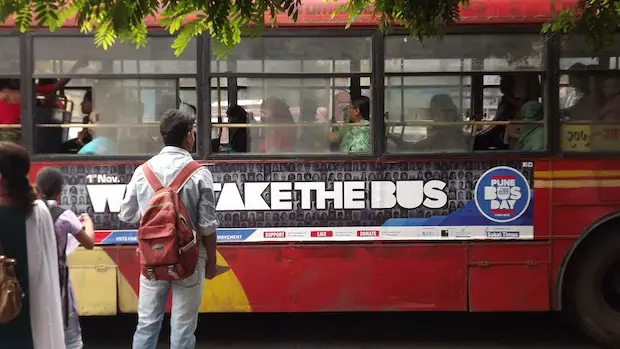The Singapore government collects a massive amount of data from stationary and mobile sensors throughout the city. Collaborating with the Singapore-MIT Alliance for Research and Technology (SMART), the city developed an open platform for third-parties to access, segment, and categorize the data, and combine it with GPS data related to taxis.
The very smart people at SMART published a number of compelling, data visualizations, often described as a “feedback loop between people, their actions, and the city” that help Singapore organize itself. One of the practical outcomes was an ability to design streets more sensibly, and create practical software applications like those which help people catch taxis.
Providing an open software platform, in turn, gave application developers the amazing ability to use of Taxicab Geometry to fuel intelligent design of taxi services. This virtuous loop of information might be remembered in years to come as the corner stone for driverless navigation, when we eventually arrive at that point.
Taxi Math
Taxicab Geometry is a form of geometry wherein the distance between two points A and B is the sum of the absolute differences of their coordinates, NOT the length of the line segment AB, as expressed in Euclidean geometry. TaxiCab Geometry is expressed in the following formula:
AP+PB= |x2-x1| + |y2-y1|

Note that in Euclidean geometry, there is one line segment to one length. In Taxicab geometry, there are several line segments to one length. The grid represents a network of streets, which a taxi driver must navigate. It is remarkable that the taxi driver – starting at point A – can take different paths of the exact same length, if he is continuously approaching the destination point B. Multiple lines to a same destination can have the same length, which is known as a Taxicab line, or T-Line. The figure on the right provides an example of equidistant T-Lines used in calculations of Taxi Apps.

Singapore encourages analytical approaches to companies who will create solutions to help in the management of the nearly 23,000 taxis which handle about 588,632 daily trips. These private companies collect, crunch and present in real time data about taxis so that people and businesses can use them to move taxis about the city efficiently as traffic shrinks and expands. How long will it take you to go from home to any other destination?
One group even developed an isochronic map, where three dimensional shapes inform the viewer of the shortest travel time from every point in Singapore to another on an hourly basis for each day. This isochronic map and others like it can soon be integrated into cab companies to dispatch more taxis to areas where demand is likely to spike based on other data like conference schedules or weather patterns.
Singapore + Google = a driverless future
Google’s mission is to organize the world’s information, and navigational information is clearly part of the mix, with Google pouring unprecedented investment into developing the artificial intelligence necessary for a driverless future
In collaboration with Stanford University’s Artificial Intelligence Laboratory, Google’s Sebastian Thrun is leading a project in which cars are equipped with a combination of sensors, cameras, and lasers scanners that enable a “sense” of what is going on that eclipses anything a human could ever achieve.
Google’s vision includes having a human drive a car gathering data about specific routes. I think that is only one half of the puzzle that must be solved in order to have truly driverless cars make us all more efficient in our automotive transportation. My hypothesis is that if the intelligent car is communicating with an intelligent grid of traffic lights, toll booths, and digital signage, the rate of accumulated knowledge will be much faster. As more intelligent cars transmit more data to the grid, the intelligence of the grid will grow exponentially. As the grid becomes more “aware” of what drivers are doing, it can transit smarter instructions to driverless cars and amplify the impact of “taxicab geometry.”
Once both the intelligent grid and the cars become smarter at a geometric rate, their communications with humans about what is going on will become more nuanced, allowing us to speak to the city and car like, well, a cab driver.


